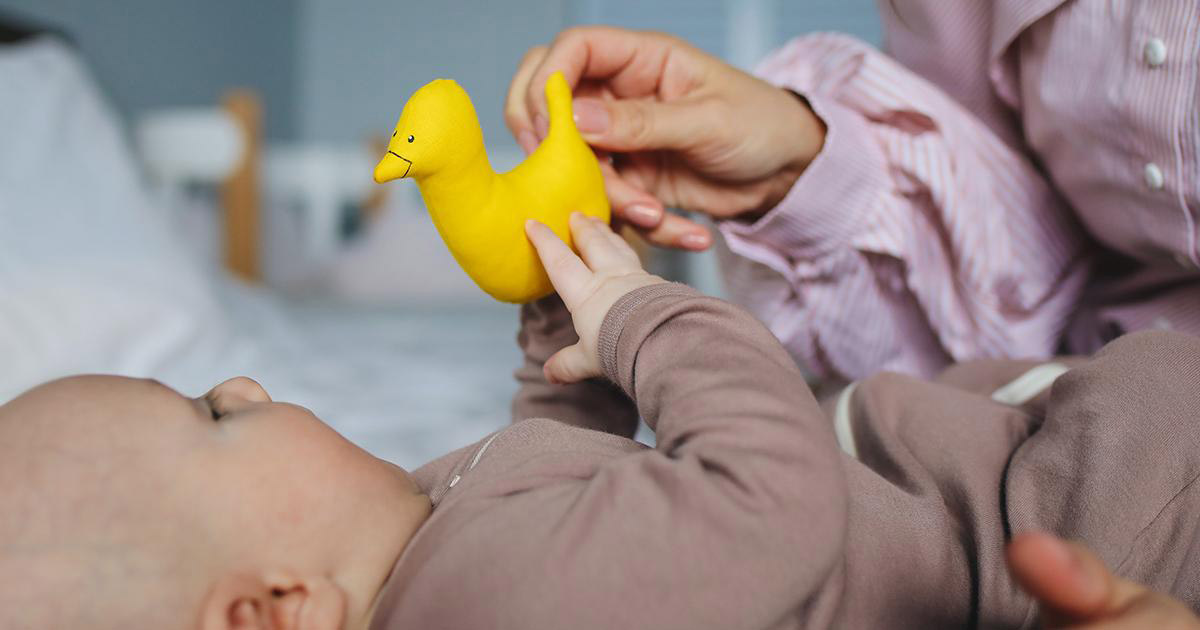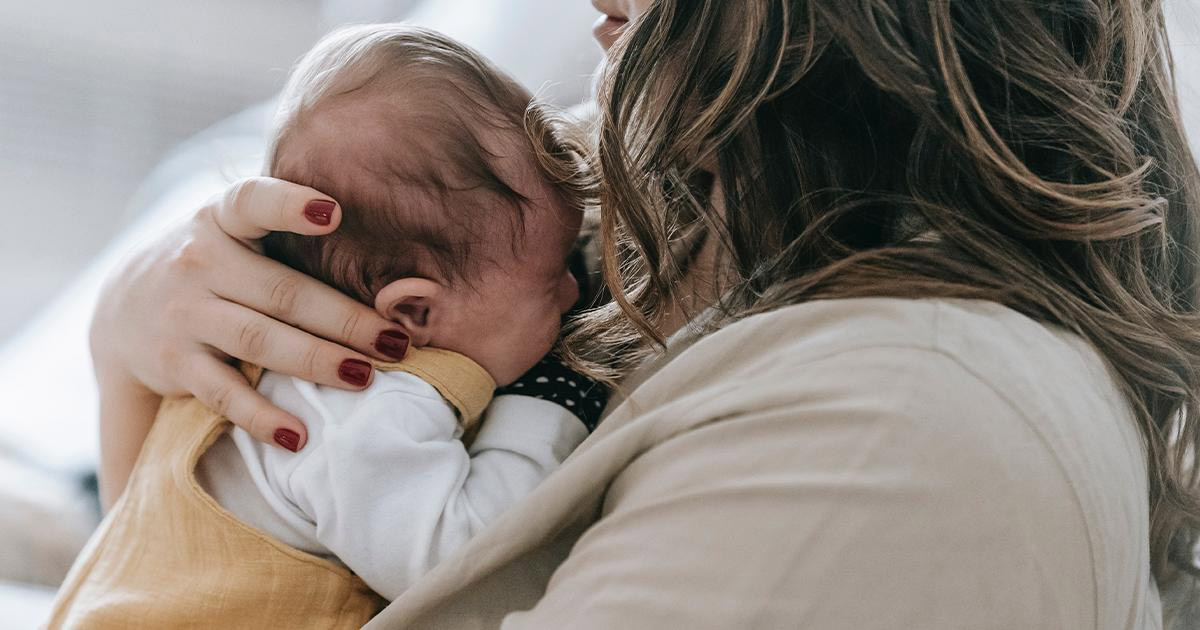Source: Polina Tankilevitch from Pexels

Source: Polina Tankilevitch from Pexels

Source: Sarah Chai from Pexels
Babies grow at a remarkable pace and each stage brings new and exciting developments. New parents often worry about what to expect and if their baby’s development is on track. Despite the multiple milestones to look out for, it is essential to remember that every baby is different and develops at their own pace. It is also important to consult your paediatrician regularly for what’s best for your child. With this in mind, here are the developmental abilities to look out for during each three-month stage of your baby’s first year.
One to Three Months
During the first three months, babies’ bodies and brains are learning and adapting to live in the world. Between birth and three months old, your baby may start to:
- Smile responsively to you
- Track objects with their eyes
- Raise their head and chest briefly when on their tummy.
- Open and shut their hands and bring hands to their mouth.
- Reach and grab for objects
Four to Six Months
During these months, babies are learning to reach out to the world around them. They’re mastering the use of their hands and are discovering their voices too. From four to six months old, your baby will probably:
- Babble, coo and make sounds that can sound like a language
- Laugh out loud
- Roll over both ways: from front to back or back to front
- Grow attachment to parents and cry when they are out of sight
- Sit up with support and have great head control
Seven to Nine Months
During the second half of this year, your little one is much more active! After developing more motor skills, they will spend more time moving around. During this period, your baby may:
- On top of the standard crawling on hands and knees, they may also get around either by scooting (shuffling around on their bottom) or “army crawling” (dragging themselves on their tummy with their limbs),
- Respond to other people’s emotions
- Respond to familiar words like their name.
- May start babbling simple words like “No”, “Mama” and “Dada.”
- Play interactive games like peek-a-boo
- Sit without support.
Ten to Twelve Months
The last development stage in baby’s first year is one of the biggest ones as they might look and act more like a toddler. They are learning to:
- Use hands to communicate: Point at objects they want, wave hello and goodbye, lift arms to be carried.
- Begin “pretend play” by copying your actions
- Begin feeding themselves. Babies at this developmental stage master the “pincer grasp“ — meaning they can hold small objects such as a piece of cereal between their thumb and index finger.
- May stand on their feet while holding onto the furniture for support.
- Say some words: the average number of spoken words by their first birthday is three words, but this is a case-by-case basis.
- Understand cause and effect: for example, if they cry, parents will come to them.
- Some babies may take their first steps – this usually happens right around one year, but it can vary greatly depending on the child.
Ultimately, there’s no precise time for your baby to develop these skills. If your child hasn’t reached a milestone by the months listed above, it can be perfectly normal as each child develops differently. Be sure to have check-ups with your paediatrician and clear of your doubts with them as well.




